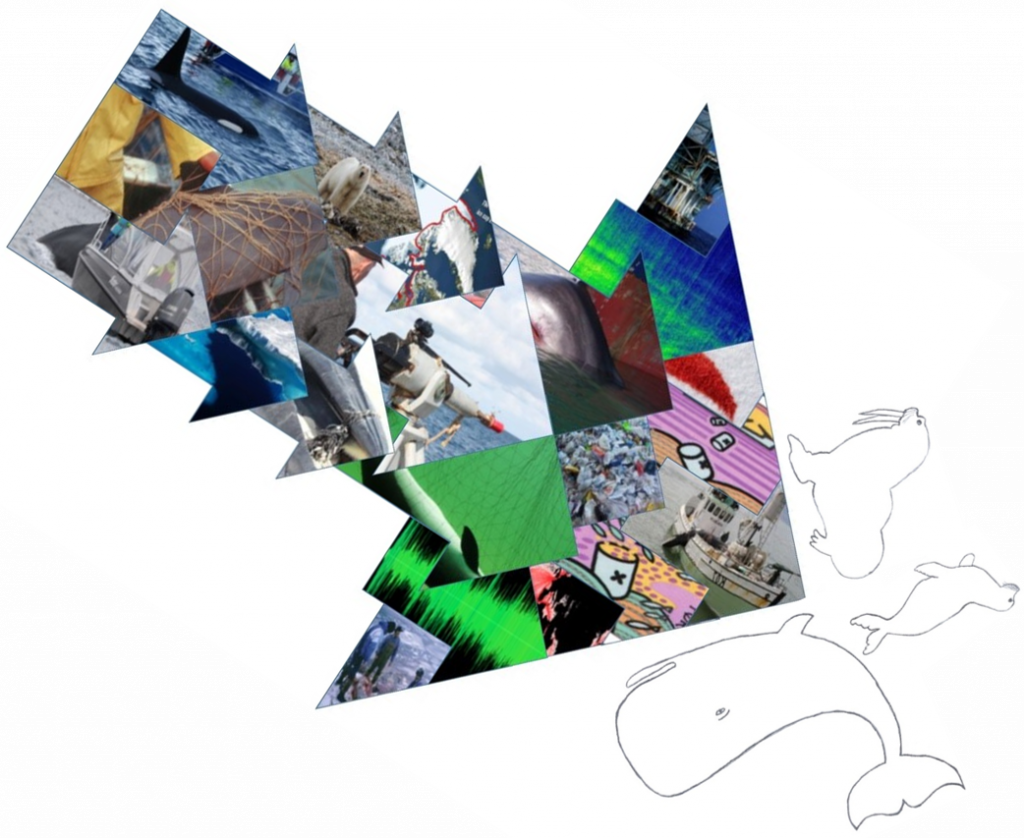Stressors affecting marine mammals

Human activities generate a great variety of potential anthropogenic environmental stressors. They can result in immediate mortality, such as hunting, by-catch and ship strikes. They increase the mortality rate of the population above the natural mortality rate and directly affect population abundance.
They can also result in non-lethal effects, causing injury (entanglement, ship strike, pollution), disturbance (noise, wildlife tourism…) and physiological or psychological stress (pollution, noise, wildlife tourism…), which may affect the behaviour and physiology of marine mammals. The cumulative effect of these stressors on health may affect the individual’s reproductive capacity and survival rate, and in turn also population dynamics.
To these non-natural stressors must be added natural extrinsic stressors, such as resource limitation, predation, intra- or interspecific competition, disease, parasites, natural occurring chemicals, biological toxins, temperature, salinity, water acidity. Some of them, like water acidity, are potentially influenced by human activity.
As other animals, marine mammals are also subjected to intrinsic stressors. They are internal factors resulting in deviation from the “normal” state; pregnancy, lactation, migration, molting, fasting for example.
Marine mammals are therefore exposed to a wide and diverse set of both intrinsic and extrinsic stressors during their life time. The risk associated to each stressor will depend of its intensity but also the temporal (acute, chronic, repetitive, intermittent) and spatial (ubiquitous, limited) pattern of exposure, which will define the exposure time through lifetime. The cumulative impacts will depend upon the temporal and spatial overlap between stressors and individuals and populations.
Although marine mammals face multiple, cumulative and often synergistic anthropogenic threats, virtually nothing is known about cumulative impacts, and to date impact of threats have largely been considered in isolation.



